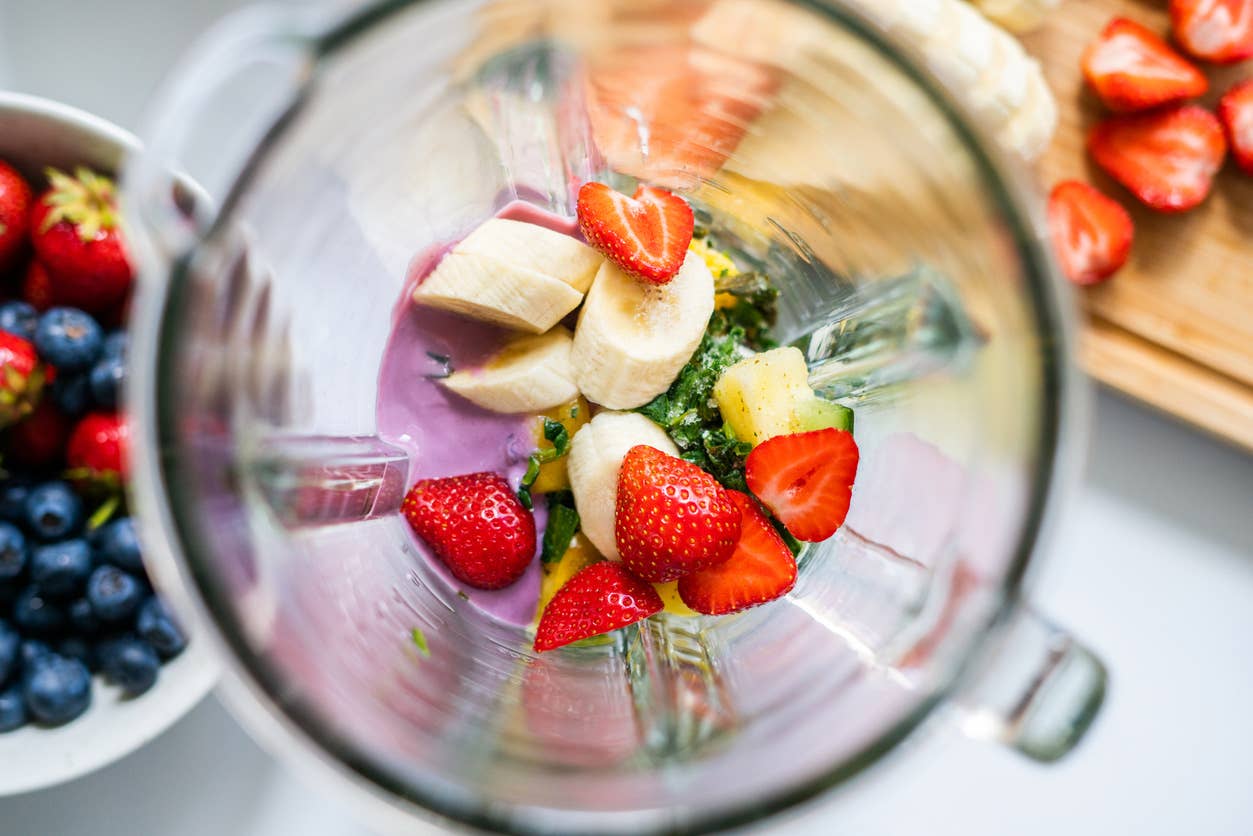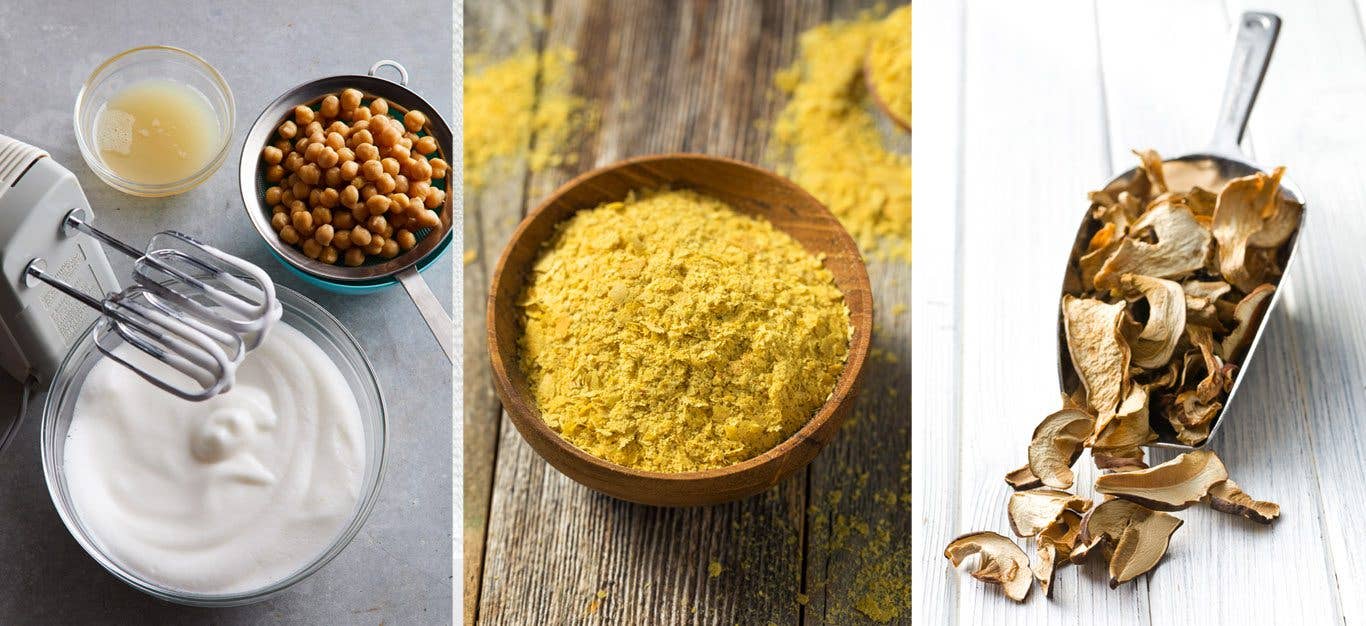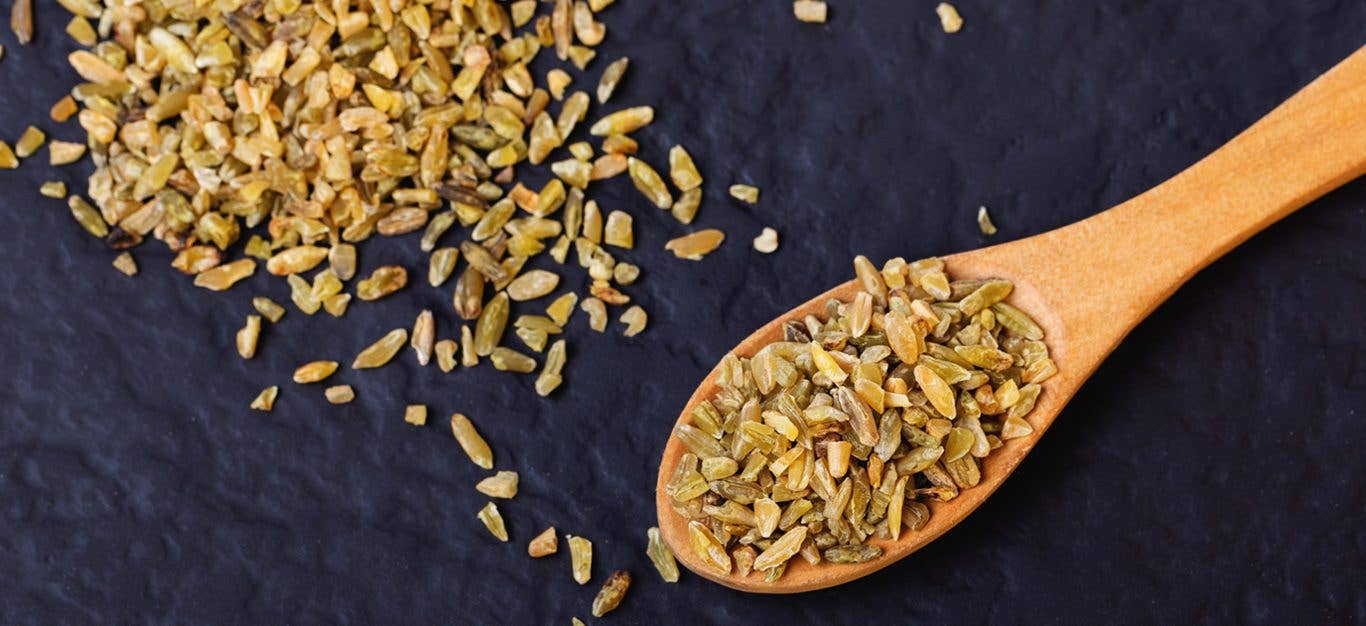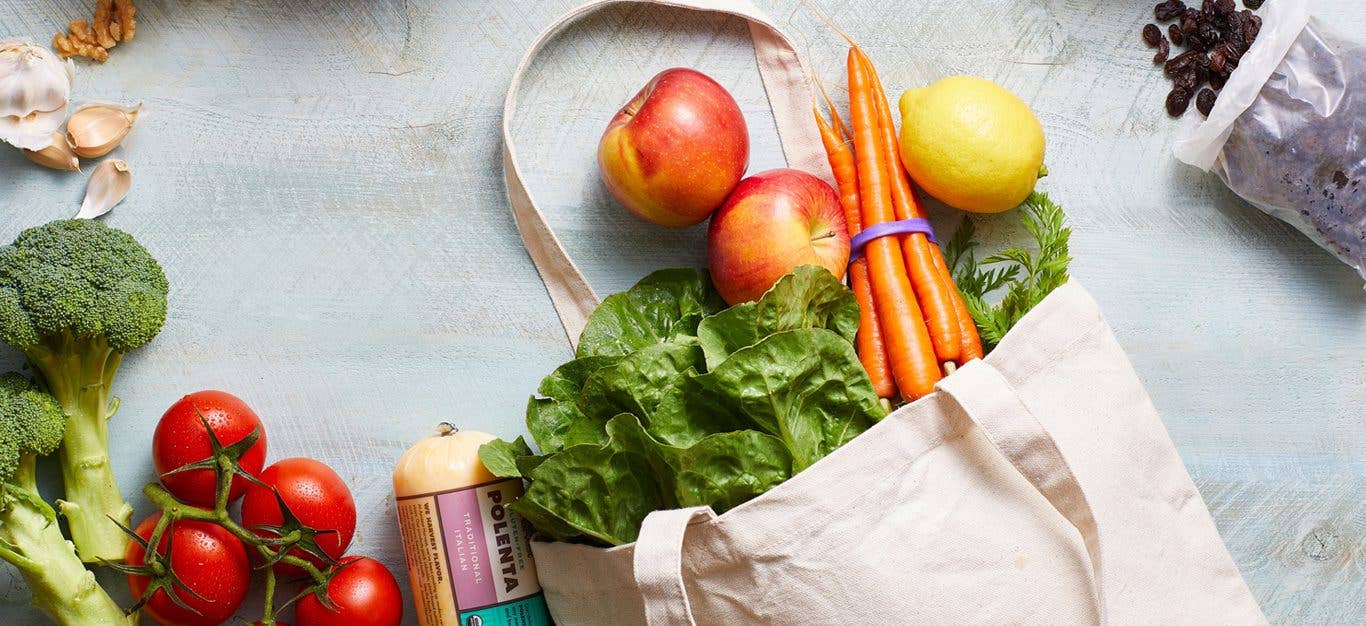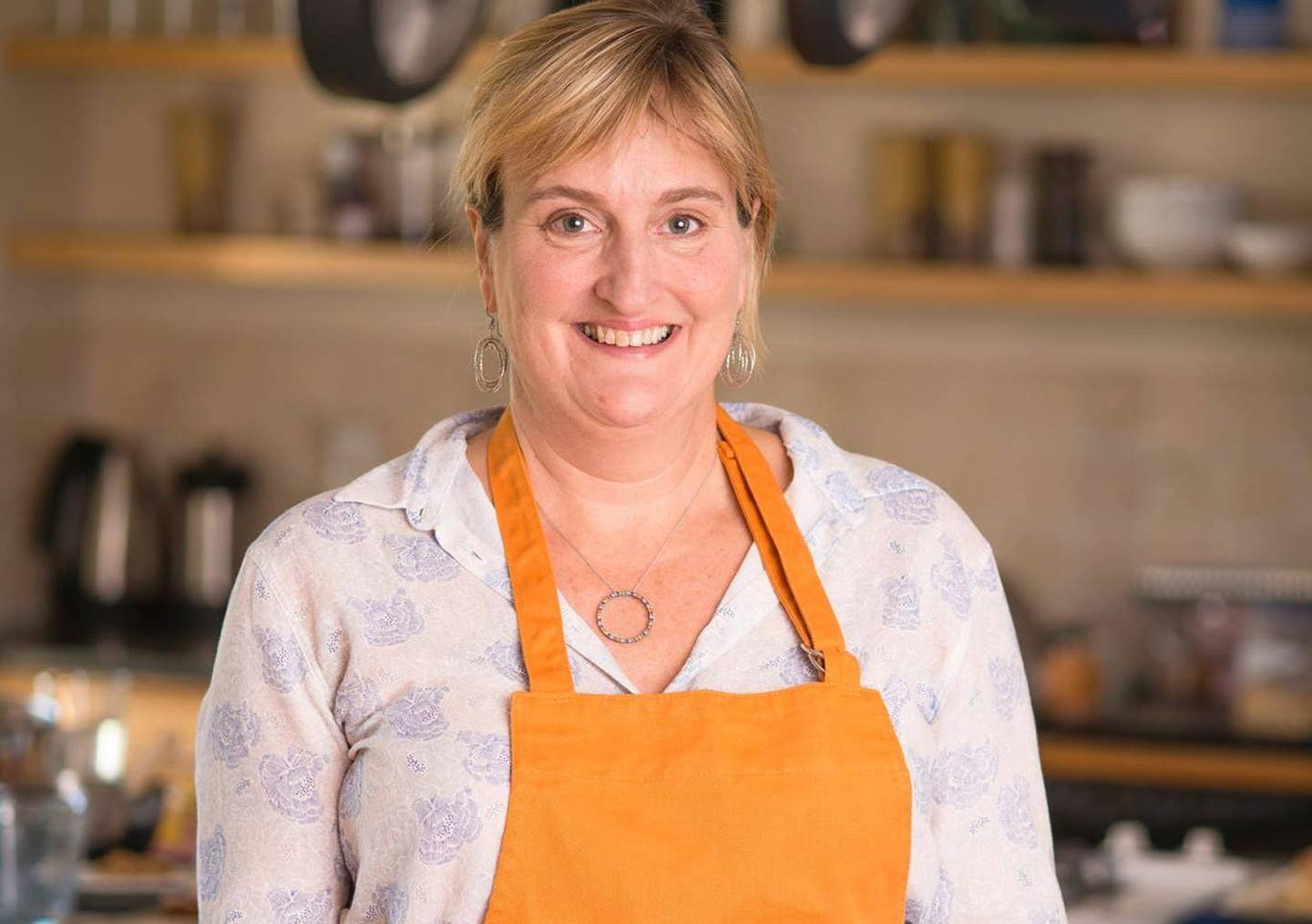Tiny but mighty, neutral-tasting chia seeds boast a long culinary history, an impressive nutritional profile, and a host of uses in plant-based kitchens.
What Are Chia Seeds?
Chia seeds are harvested from the chia plant, a flowering member of the mint family that is native to Mexico and Guatemala. Chia was one of the four main crops grown by the Aztecs, who were well aware of the seeds’ benefits. Aztec warriors believed a single tablespoon of chia would energize them for a full day, and the “chia” is an ancient Mayan word for strength. Fast-forward 500 years to today, and chia is enjoyed by populations around the globe.
Nutrition and Health Benefits
Chia seeds are second only to flaxseed as a rich plant source of omega-3 fatty acids, and a single tablespoon contains 6 grams of fiber. Chia seeds are good sources of protein, calcium, and trace minerals as well, according to the Harvard T.H. Chan School of Public Health. What’s more, unlike flax or hemp seeds, chia seeds don’t have to be ground or hulled for the body to absorb the nutrients.
How to Cook with Chia
Chia seeds can be used straight from the package to add color and crunch to salads, cereals, and baked goods. Whole seeds add a crunchy, poppy seed-like texture to recipes while ground seeds and chia flour (pre-ground seeds) produce smoother results.
Crisp-tender chia sprouts make tasty additions to salads and sandwiches. (See below for how to grow your own.) And chia gel, made by soaking chia seeds in water, can be used as a whole-food vegan thickener or egg substitute in recipes.
In fact, it’s chia’s gelling properties that put the small, mottled seeds in a league of their own. As the seeds’ soluble fiber absorbs water (up to 10 times their volume), it swells and gels the seeds in a matter of minutes. The seedy gel can then be used to emulsify dips and salad dressings, thicken puddings, and set sugar-free jam.
How to Use Chia as an Egg Substitute
In traditional baked goods, eggs act as a binder that holds the other ingredients together as foods bake in the oven. Chia gel has similar binding properties, making it an excellent egg substitute. Here’s how to prepare a chia “egg” whole or ground seeds.
Whole Seeds: Stir 3 tablespoons water into 1 tablespoon whole chia seeds for each egg needed in a recipe. Let stand 5 to 10 minutes, or until the seeds have absorbed most of the water and coagulated into a thick-ish but still jiggly gel.
Ground Seeds: Stir 3 tablespoons water into 2 teaspoons ground chia seeds for each egg needed. The mixture should thicken within a few seconds. Use immediately before the gel becomes too thick.
Selection and Storage
When shopping for chia, give the package a quick shake to make sure the seeds look dry and move freely. Seeds that stick to the sides of containers may indicate the package has been on the shelf a while. Whole chia seeds will last several years when stored in a sealed jar or container.
Black vs. White Chia Seeds
Black and white chia seeds have the same neutral taste, gelling properties, and nutritional profile. In fact, you may see some white seeds sprinkled in with a batch of black ones. White chia seeds should be pale white.
Color choice ultimately depends on availability and personal preference. Some bakers prefer white chia seeds because their color blends into doughs and batters better.
Note that tan chia seeds are not fully mature, and they won’t have the same gelling properties as black or white.
How to Grind Your Own Chia Flour
To make your own ground chia, aka chia flour, simply blitz chia seeds in a high-speed blender or coffee grinder until powdery. Chia flour can be used as an egg substitute (see above), a thickener, and a gluten-free flour substitute.
How to Grow Chia Seeds into Sprouts
Chia seeds are great “gateway” seeds for sprouting because they germinate quickly and don’t require presoaking or special equipment. Here’s how to get a batch started with a terra cotta saucer or plate, a large dish, and a glass bowl—plus some best practices for making sure your sprouts are as safe to consume as possible.
- Spread chia seeds in a single layer in an unglazed terra cotta saucer or plate.
- Place the saucer or plate inside a larger dish filled with water. (The water should come ¼ inch up the sides of the saucer.) The terra cotta will absorb just enough water to allow the seeds to germinate.
- Cover with a glass bowl or container to trap in moisture. Set this makeshift “sprouter” on a counter away from direct sunlight. Small sprouts should appear after two to three days.
- Once the seeds begin to sprout, spritz them with water from a spray bottle each day. Harvest the sprouts when they are at least ½-inch tall. Wrap them in dry paper towels, and store in the fridge for up to three days.
Sprout Safety
Growing and consuming any kind of sprouts presents some food-safety concerns, as the conditions that are conducive to sprouts’ growth are also conducive to the growth of harmful bacteria. Here are some safety tips to keep in mind, courtesy of the Clemson University College of Agriculture, Forestry and Life Sciences.
- Purchase seeds from a commercial source, where seeds are produced for sprouting only.
- Ensure that all surfaces that come in contact with the sprouts are kept clean.
- Grow sprouts in a part of your home that is separate from food.
- Keep pets away from seeds and sprouts.
- Always wash hands thoroughly before and after handling seeds or sprouts.
- Use drinkable water (in a clean container) to irrigate the sprouts.
- Once harvested, keep sprouts in a clean container, refrigerated at 40°F or below.
- Do not consume sprouts that are limp, slimy, or odorous.
Our Favorite Chia Seed Recipes
Try one of these healthy plant-based chia seed recipes from Forks Over Knives today!
- Berry-licious Overnight Oatmeal with Fresh Oats
- Chia Pudding with Strawberries
- Vegan Caesar Dressing
- Blueberry-Raspberry Aquafaba Vegan Muffins
- Vegan Peach-Cranberry Cobbler
- Berry-Banana Smoothie Bowls
- Sorghum Berry Vegan Breakfast Bowl
- Chocolate Chia Pudding
- Chocolate and Cherry Vegan Cobbler
- Easy Overnight Oats
- Pumpkin Spice Chia Pudding
- Vegan Tri-Color Sweet Potato Kugel
- Rice Pudding with Mixed Berry Sauce
- Baby Kale Salad with Farro, Grapes, and Oranges
- Savory Pancakes with Sautéed Mushrooms and Spinach
For more guidance in healthy cooking, check out Forks Meal Planner, FOK’s easy weekly meal-planning tool to keep you on a plant-based path. To learn more about a whole-food, plant-based diet, visit our Plant-Based Primer.
Related News
Save 40% This WeekOn Forks Meal Planner

Forks Meal Planner takes the hard work out of making nutritious meals the whole family will enjoy.
SAVE $200 ON OUR ULTIMATE COURSE
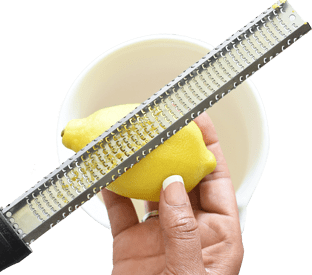
Join our best-selling course at a new lower price!
